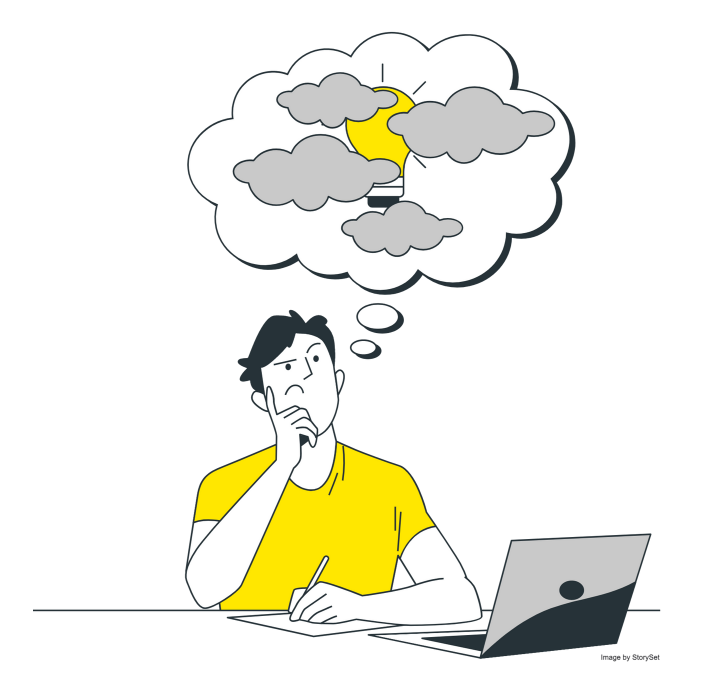Creativity and Virtual Work Are Possible
Many of us, and our teams, need to be creative every day. For instance, we get together and brainstorm ideas for new projects.
What if we can't achieve these same results in a virtual environment? For some time now, leaders have raised concerns about diminished creativity with virtual work, and a new study published in Nature confirms the worries – being in-person generates more ideas.
Despite the concerns, virtual work is here to stay. Researchers in the Nature study investigated what aspects of virtual brainstorming make us less creative. Let’s examine the issue and talk about what we can do.
Researchers considered multiple explanations such as team trust and connection, conversation coordination, and visual focus. They found that virtual interaction uniquely hinders idea generation. In the virtual test conditions, participants focused on-screen while they were brainstorming. Due to the narrowed visual scope, their cognitive focus was also narrowed and hindered their ability to generate ideas.
The good news is that the process of creativity and innovation wasn’t uniformly bad in virtual conditions. In fact, during the idea selection process, researchers found that the virtual participants identified higher quality ideas.
Dissecting this, it becomes apparent that the challenge is in virtual idea generation. What actions can we take to boost idea generation when we’re working virtually?
Provide brainstorming topics ahead of time. Give team members the chance to brainstorm in their preferred time and space. Encourage walking, blank sheets of paper, and a good view out a window.
Create a shared canvas and collaborate asynchronously. Give both the topics and the idea capture to the team so they can do it on their own time and even iterate or be inspired by other team members’ ideas. Tip: As a manager, don't go in and provide feedback on ideas before the brainstorming period is over.
Turn off cameras for brainstorming calls. If part of the problem is the focus required to look at people’s faces, turn off the cameras. Free up some of that cognitive capacity for generating ideas.
Prioritize time for creativity. Make brainstorming a part of the team meetings when your teams come together in person. Remember, it doesn’t even have to be selecting the best ideas; this is just optimizing in-person time for the best activities.
Use Virtual Reality for brainstorming (contact me to learn how!). Sessions in VR can be game-changing when you can't be physically co-located. A VR experience facilitates that creative flow and allows the group to work in sync. Based on my experience with VR, I believe this is a great use case for it in business.


